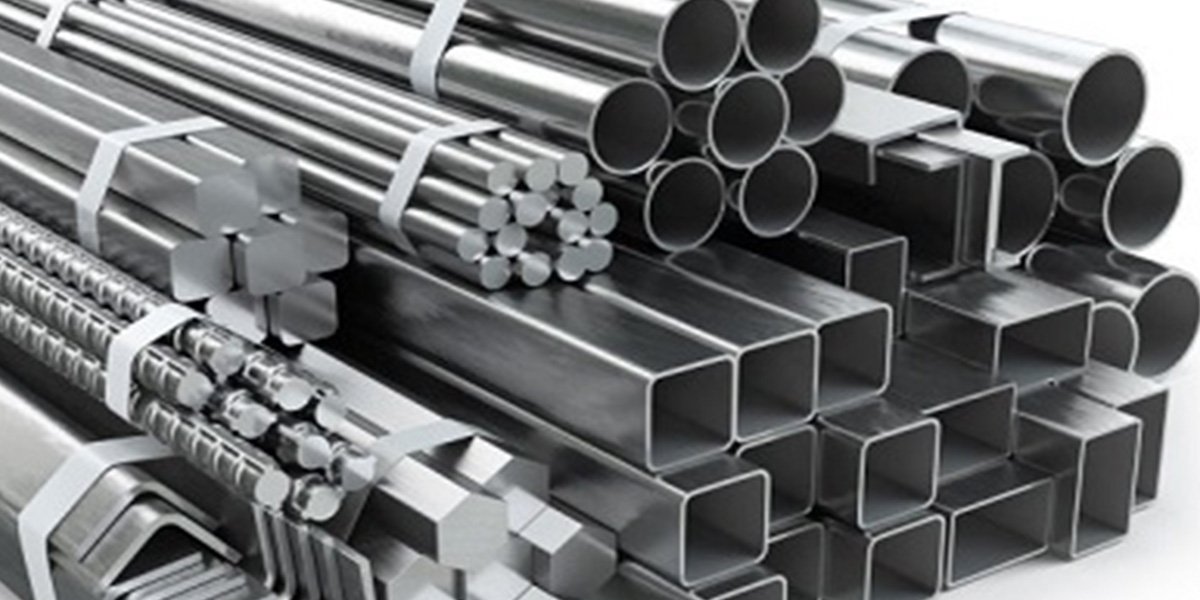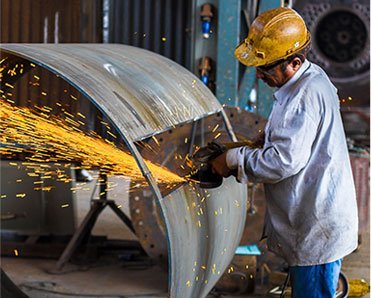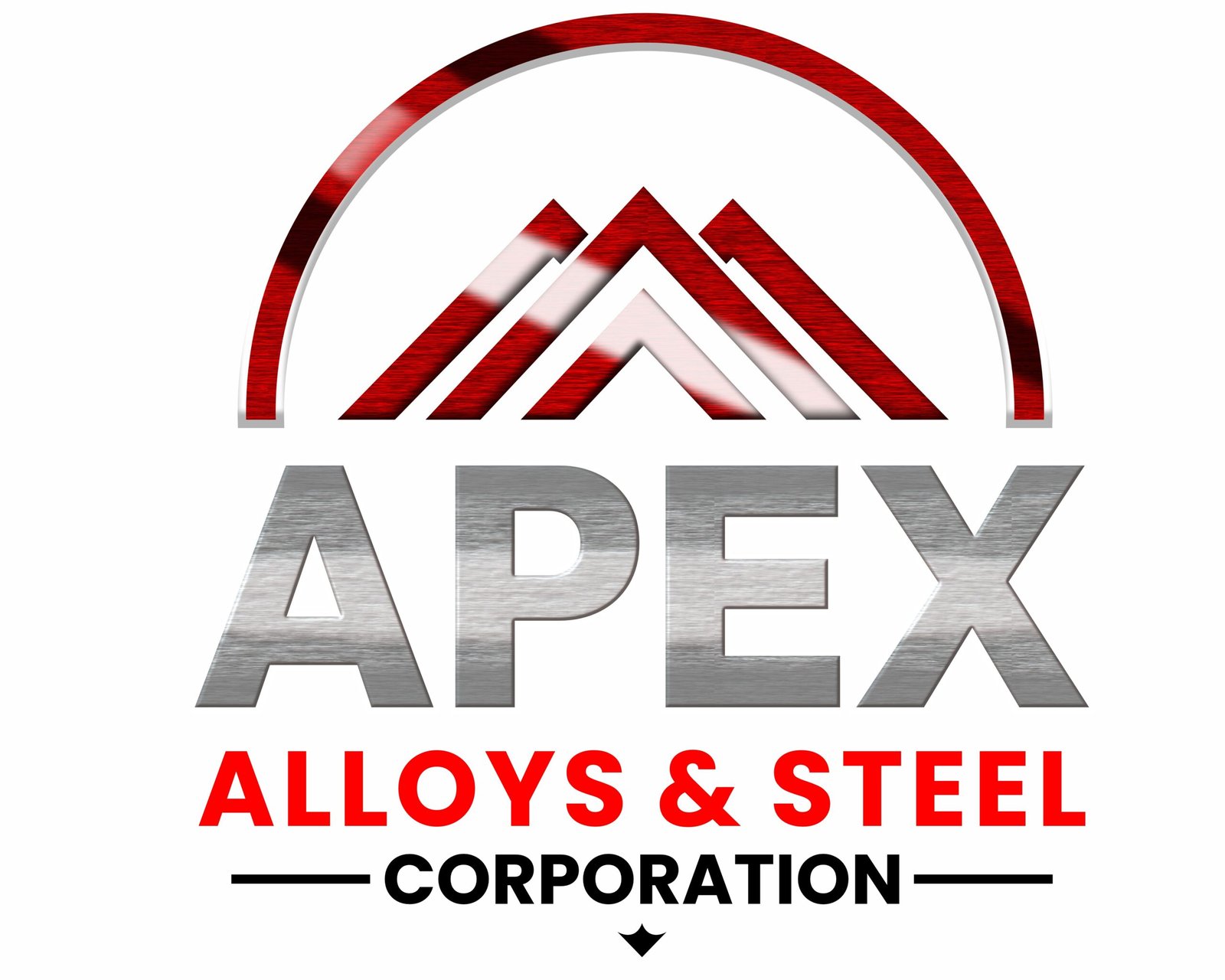
Alloy Steel
Alloy steel is a specialized type of steel that incorporates alloying elements beyond carbon to enhance its mechanical and chemical properties. Common alloying elements include chromium, cobalt, molybdenum, manganese, nickel, titanium, tungsten, silicon, and vanadium. These additions provide alloy steel with superior characteristics compared to plain carbon steel, such as improved corrosion resistance, increased hardness, greater strength, enhanced wear resistance, and exceptional toughness.
Due to its versatile properties, alloy steel is extensively utilized in the fabrication of tools, components, and finished products across a wide range of industries. The composition and grade of alloy steel can be customized to meet the specific requirements of diverse applications.
The applications of alloy steel vary significantly depending on its type and grade. Alloy steels are broadly categorized into low-alloy steels and high-alloy steels, with each serving distinct purposes:
- Low-Alloy Steels: Often used in the production of energy-related components, such as pipes, and in structural applications requiring durability and moderate corrosion resistance.
- High-Alloy Steels: Known for their exceptional strength, toughness, and corrosion resistance, high-alloy steels are ideal for demanding applications in the automotive industry, chemical processing, and power generation.
In addition, alloy steels are commonly employed in the manufacturing of:
- Corrosion-resistant containers
- Kitchenware, including silverware, pots, and pans
- Heating elements for appliances such as toasters
The specific properties of alloy steel depend on the type and proportion of alloying elements added. Some notable characteristics include:
- High performance and durability
- Exceptional strength and toughness
- Excellent performance under extreme or harsh conditions
- Superior corrosion and wear resistance
While high-alloy steels may be more expensive and challenging to work with, their enhanced properties make them indispensable in applications requiring long-term reliability and resistance to demanding environmental conditions.
By tailoring the composition of alloy steel to suit specific industrial needs, it remains a vital material for advancing innovation and ensuring the durability of modern infrastructure and technology. By tailoring the composition of alloy steel to suit specific industrial needs, it remains a vital material for advancing innovation and ensuring the durability of modern infrastructure and technology.

Benefits of Alloy Steels
| Product Category | Product Name |
|---|---|
| Alloy Steel | EN 16, EN 18, EN 24, EN 25, EN 27, EN 28, EN 31, EN 100, EN 111, EN 202 |
| SAE 4140, SAE 4340, SAE 5160, 20Mn2, 25CrMo4, 40Cr1Mo28 | |
| Nitriding Steel | EN 29B, EN 40B, EN 41B |
| Case Hardening Steel | EN 30B, EN 36C, EN 39B, EN 353, EN 354, 16MnCr5, 20MnCr5, SAE 8620 |
| 15Cr3, 15Mo3, 15CrNi6, 18CrNi8, 21CrMoV5-7 | |
| 30CrNiMo8, 31CrMoV9, 34CrNiMo4, 40CrAlMo7 | |
| Valve Steel | EN 52 |




